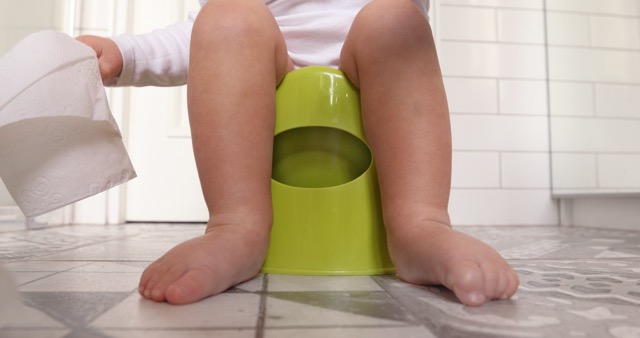Pelvic floor dysfunction and incontinence in children are sensitive issues that can significantly impact a child’s life. Understanding these conditions and knowing how to address them effectively is important.
Defining Pelvic Floor Dysfunction and Incontinence
- Pelvic Floor Dysfunction: This condition occurs when the pelvic floor muscles cannot coordinate effectively, leading to challenges in managing bowel and bladder functions.
- Incontinence: This involves involuntary leakage of urine or complete bladder emptying at inappropriate times, resulting in soaked clothing.
Common Issues and Symptoms Children with pelvic floor dysfunction may experience:
- Bedwetting beyond the typical developmental age.
- Daytime incontinence.
- Constipation and pain during bowel movements.
- Frequent bathroom visits and incomplete bladder emptying.
The Role of Professionals in Managing These Conditions Trained professionals, such as occupational and physical therapists, are essential in addressing these issues. At Red Door, with locations in Beulah, Minot, Grand Forks, Bismarck and Fargo, North Dakota, we specialize in evaluating and treating pediatric pelvic floor dysfunction and incontinence. Our comprehensive approach involves thoroughly assessing the child’s symptoms and habits.
Treatment Approaches at Red Door
- Breathing Techniques and Posture Correction: We teach proper breathing and posture while using the toilet to facilitate easier bowel and bladder movements.
- Fun and Engaging Therapy Methods: Therapy is child-friendly, with video games and activities linked to muscle control exercises.
- Education on Anatomy and Bodily Functions: We ensure children understand their bodies, helping them recognize and manage their symptoms better.
Parental Involvement and Communication Strategies
- Encourage open discussions with your child about their bathroom habits.
- Utilize tools like bladder or bowel logs to track and understand your child’s patterns.
- Be supportive and understanding, creating a comfortable environment for your child to express their concerns.
When to Seek Professional Help
Consider professional assistance if your child shows persistent incontinence symptoms, especially if it affects their social life, like participating in sleepovers or playground activities.
Final Thoughts
Addressing pelvic floor dysfunction and incontinence in children requires sensitivity and expertise. Understanding these conditions and seeking the right help can greatly improve a child’s quality of life.

